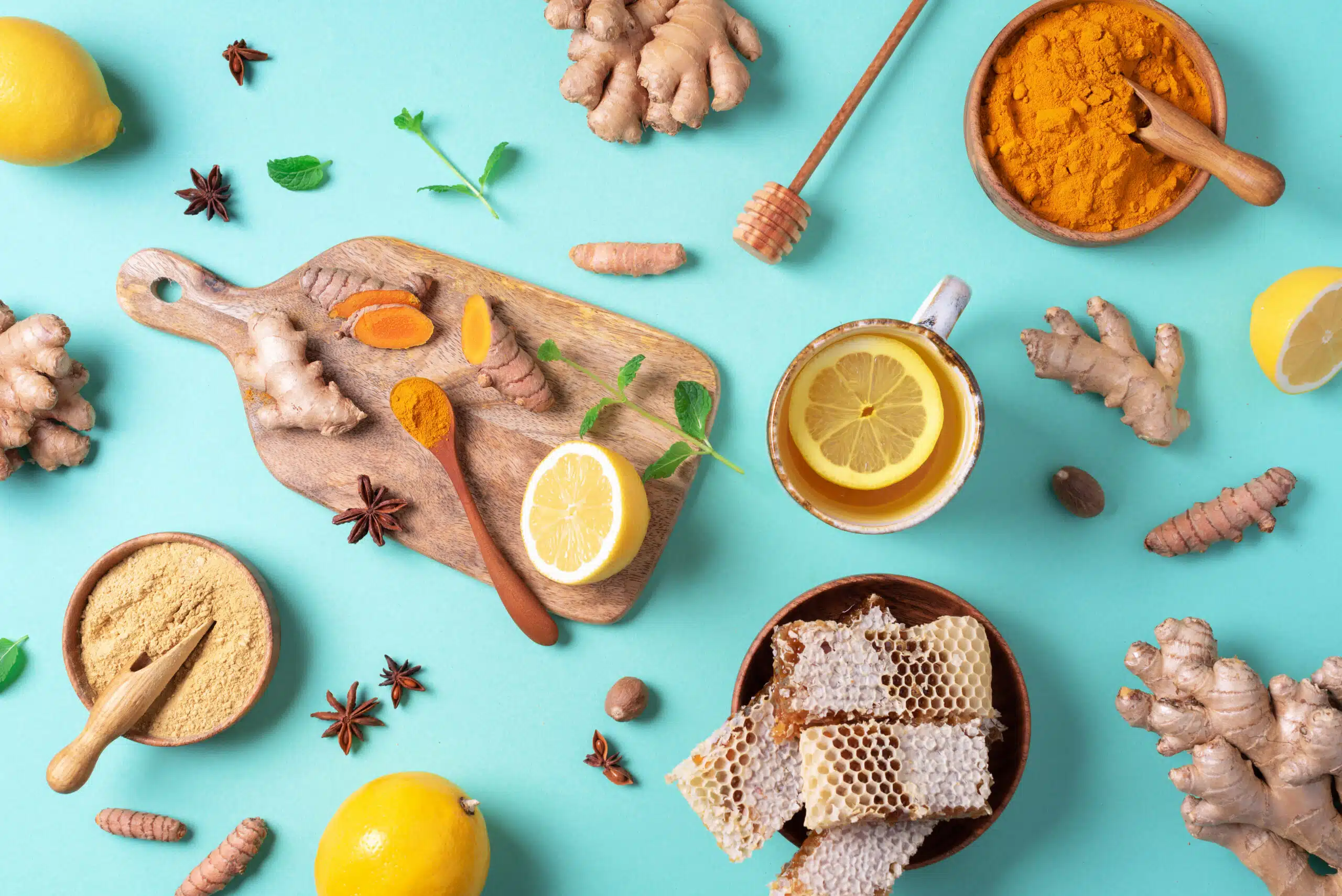- AI tools are helping food brands forecast the next big ingredients before they go viral.
- Social media data and global food trends are driving predictive flavor innovation.
How AI Is Predicting the Next Viral Ingredient
In the fast-paced world of food trends, timing is everything. The difference between launching a product that becomes a cultural phenomenon and one that fades into obscurity often comes down to predicting the next hot ingredient. Increasingly, that job is falling not to trendspotters or chefs, but to artificial intelligence.
Food companies are now using AI-powered tools to scan millions of data points—from recipe searches and restaurant menus to TikTok hashtags and grocery sales. According to Food Dive, these systems can flag rising ingredients months before they hit the mainstream, giving brands a head start in product development.
From Ube to Yuzu: The AI Advantage
Consider the rise of ube, the purple yam from the Philippines that suddenly appeared in lattes, ice creams, and pastries worldwide. By the time most foodies noticed, AI trend tools had already picked up early spikes in social mentions. Similarly, yuzu—a citrus fruit beloved in Japan—was flagged by AI trackers as a breakout flavor years before Western brands began embracing it.
The advantage isn’t just speed—it’s precision. AI doesn’t just say “spicy is in”; it can pinpoint which specific peppers or spice blends are gaining momentum. This helps brands avoid broad guesses and focus on ingredients with measurable traction.
Why It Matters for Consumers
For consumers, AI-driven predictions mean faster access to exciting flavors. Instead of waiting years for restaurant trends to trickle down to supermarket shelves, shoppers can now find once-niche ingredients in chips, sodas, and snack bars. It also means more variety, as AI can identify micro-trends like mushroom-based coffee alternatives or seaweed crisps that may not have hit mainstream media yet.
There’s also a sustainability angle. According to the FAO, shifting demand toward climate-resilient crops is key to future food systems. AI can help highlight ingredients that are not only trendy but also environmentally beneficial, nudging brands toward more responsible choices.
The Bigger Picture
AI trend prediction is reshaping how the food industry innovates. What once relied on gut instinct or culinary scouts is now becoming a data-driven science. For eaters, it means more adventurous grocery runs and faster-moving food culture. For brands, it’s the difference between chasing a trend and setting one. One thing is clear: the next viral ingredient might not just come from a chef’s kitchen—it might come from an algorithm.
Related posts:
Jacklyn is a San Diego–based food journalist with a background in the confectionery world. Before diving into food reporting, she worked at a startup crafting plant-based, low-sugar sweets designed to make candy a little healthier







